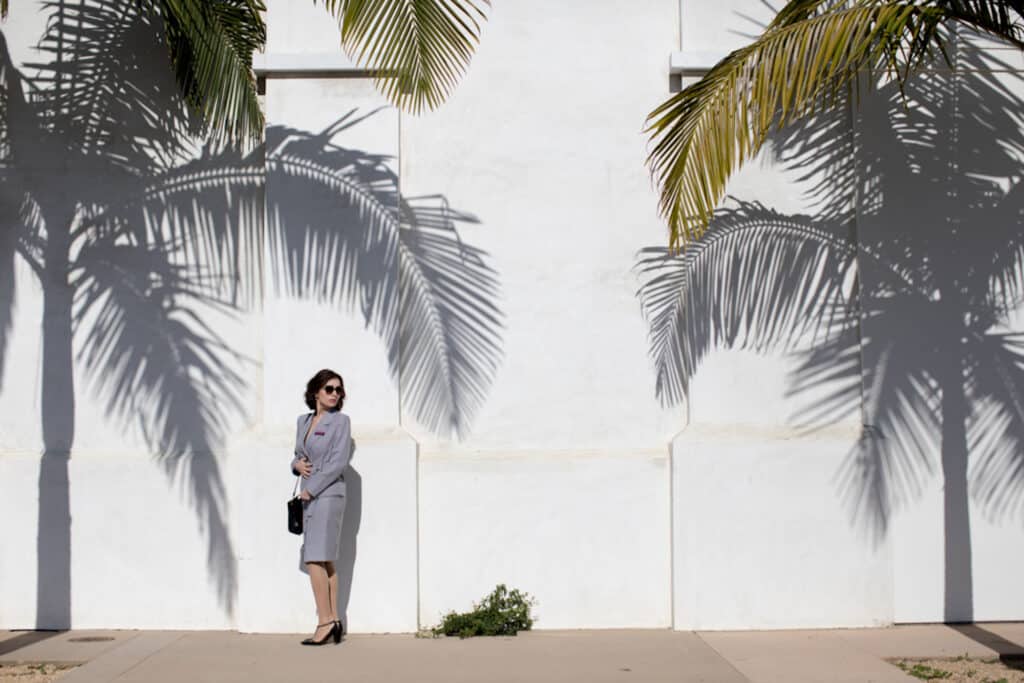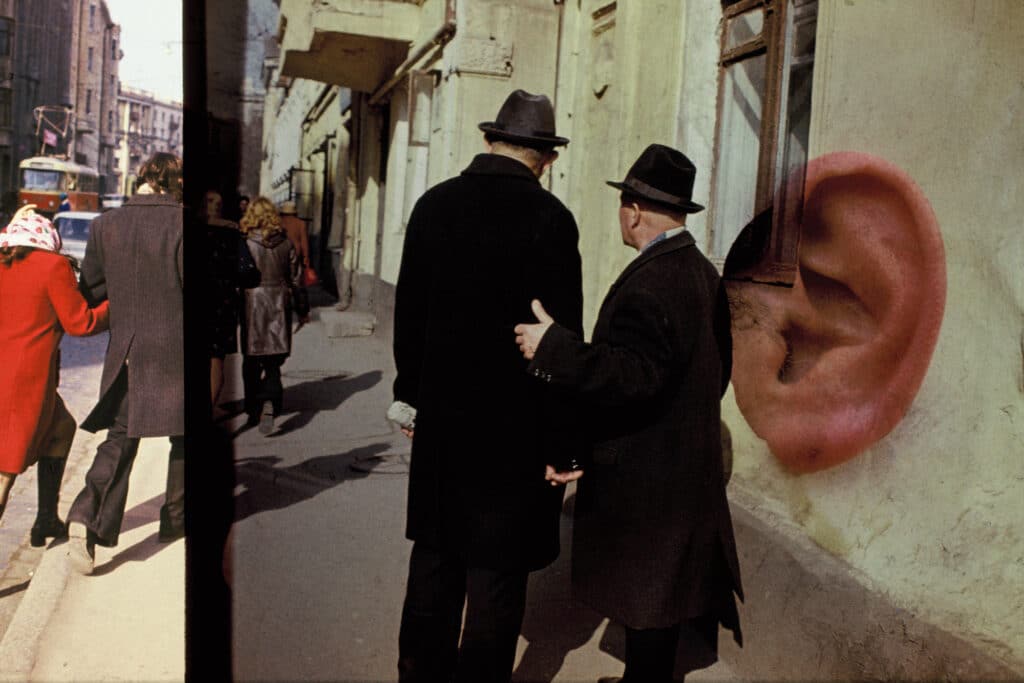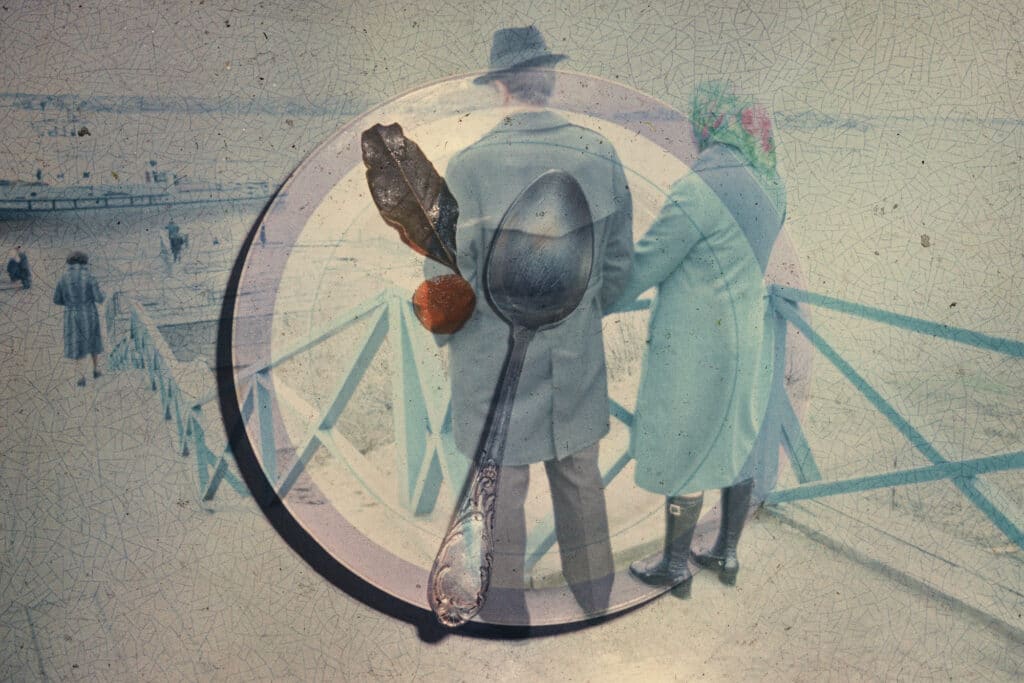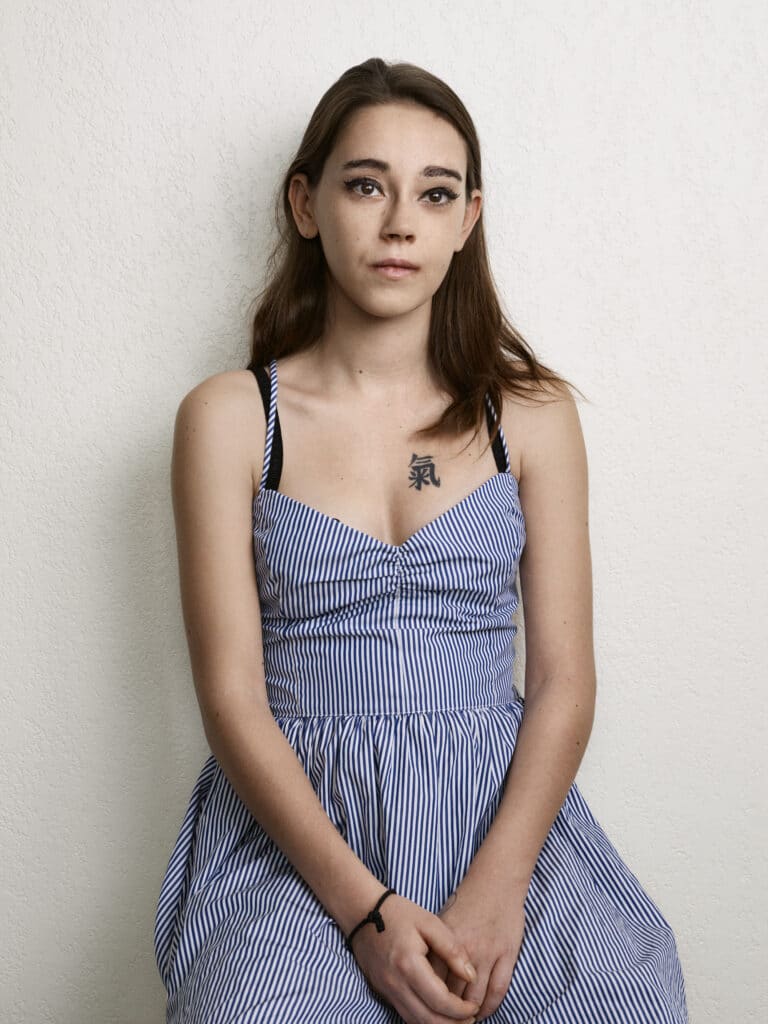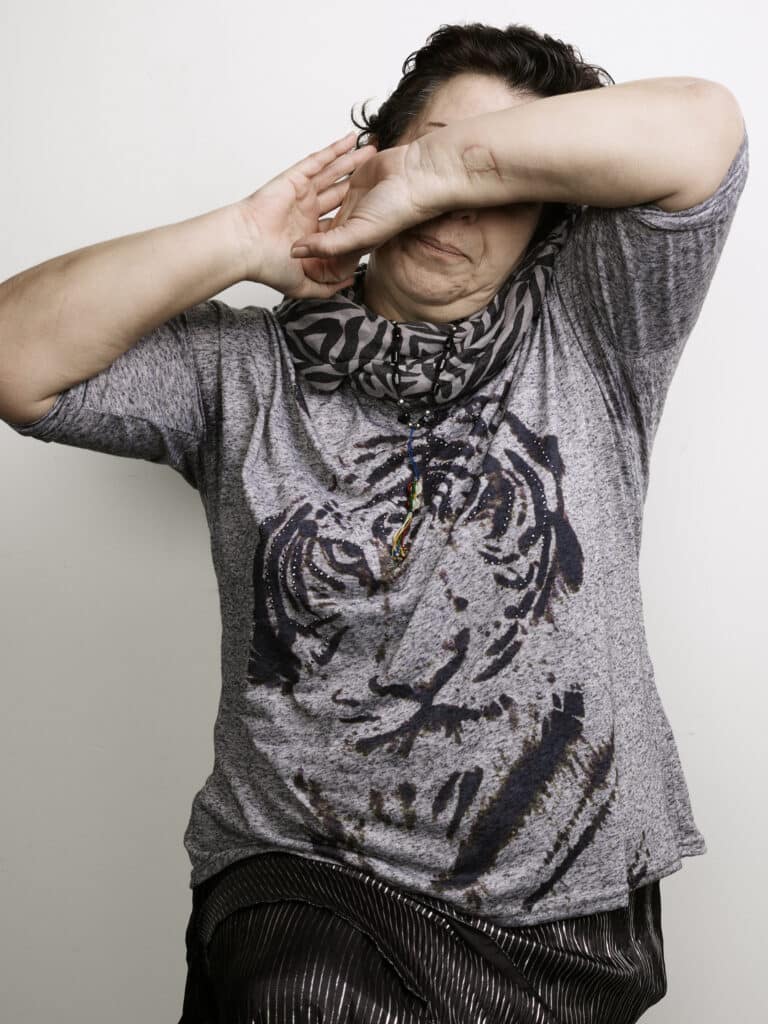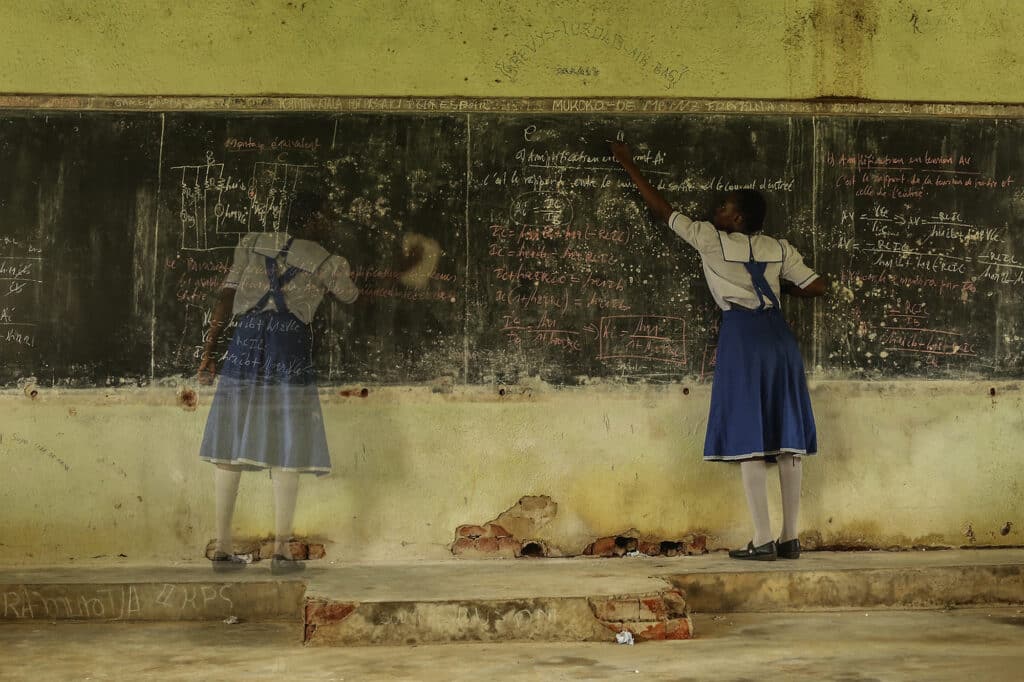“By the waters of Leman I sat down and wept….”: This line from T.S. Eliot’s The Waste Land, just a century old, resounds along the lake’s shore as the 8th Images Vevey Biennial kicks off.
Together, La Vie Ensemble presents fifty exhibitions by artists from twenty-five countries. They are scattered around the parks, avenues, facades, and buildings of the Swiss city until September 25, with original, monumental installations and more classical exhibitions sitting side by side—proof that the biennial likes to toe a fine line between photography and contemporary art.
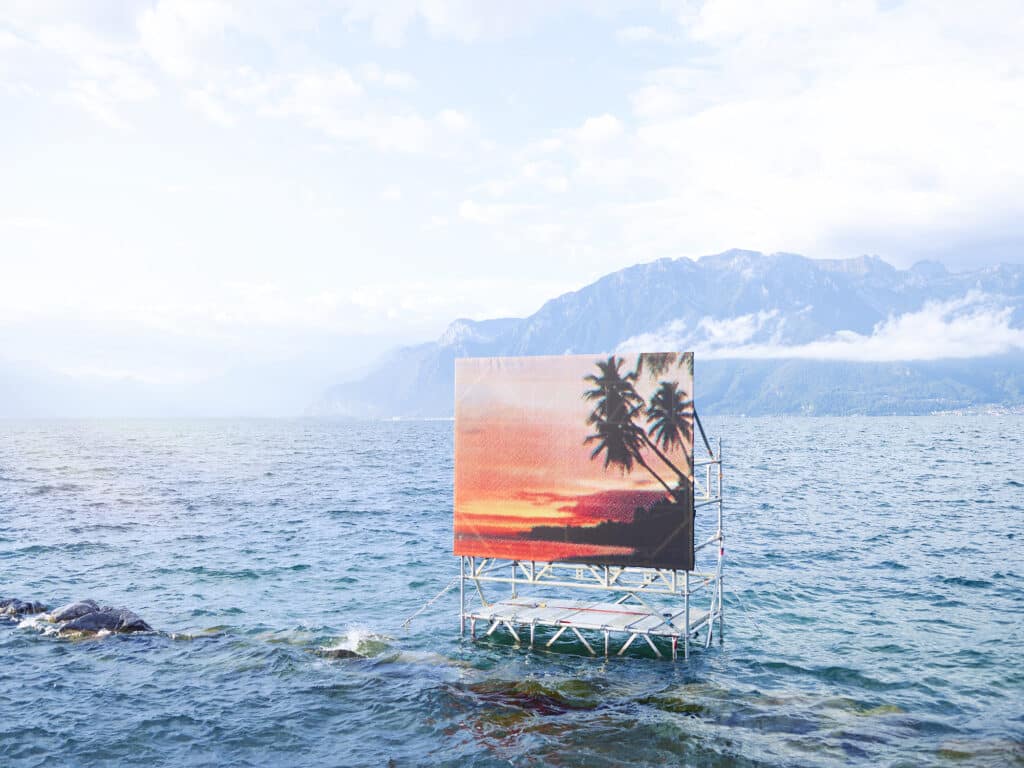
Soviet heritage and the American dream
Mom in dad’s arms, holiday souvenirs, black-and-white portraits of grandparents—all the photos we place on the mantle, framed by rows of books, or on top of a dresser, next to the house keys…. Sometimes we forget about them. Bertien Van Manen rouses them from their lethargy. The Dutch photographer, born in 1942, traveled throughout Europe between 2002 and 2005 with the felicitous obsession of sleeping in people’s homes and photographing these shards of memory displayed in the houses where she slept. Athens, Madrid, Berlin: this intimate album of Europe is showcased in the festival’s new permanent exhibition space, the Appartement, located in the heart of the train station.
Van Manen had started this project back in the 1990s. Family micro-history sometimes merges with macro-History: a portrait of Stalin stands enshrined between a pair of bedside lamps in an apartment in the Russian industrial city of Novokuznetsk, east of Novosibirsk. In Vilnius, Lithuania, behind a group of schoolchildren sitting demurely, a huge fresco depicts Lenin lifting a toddler in his outstretched arms. Soviet heritage is deeply engrained among these populations.
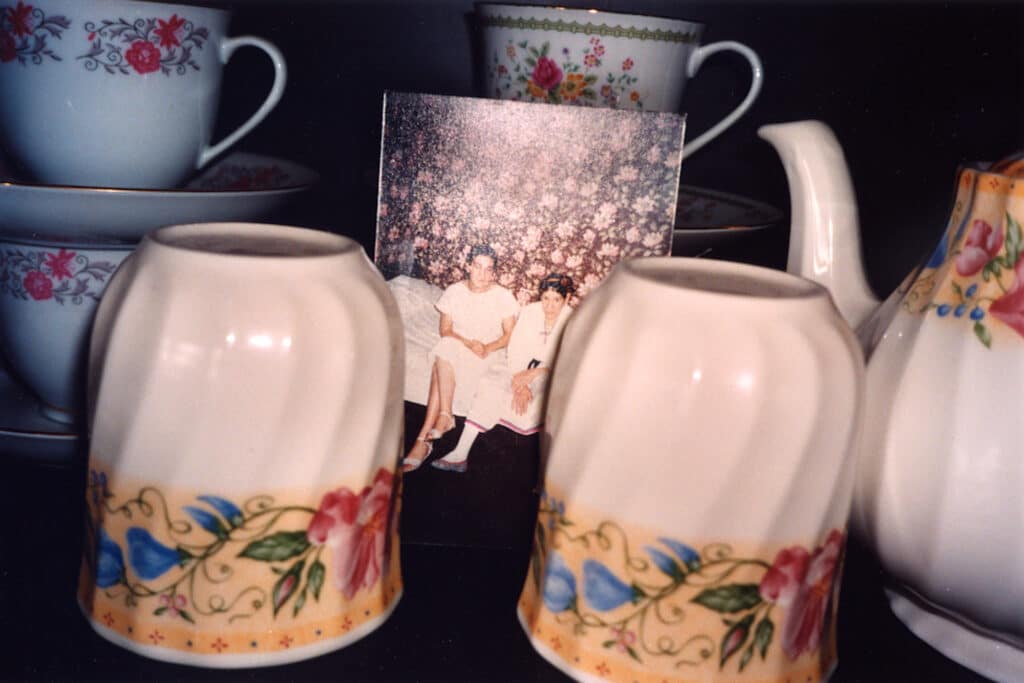
Some have tried to shake off this legacy and move West. This is reflected in one of the most impressive installations of the biennial: the Santa Barbara project by the artist Diana Markosian. Following the fall of the USSR, her mother, like millions of Russians, was fascinated by the first American soap operas broadcast in the country. In 1996, she decided to leave Russia and her husband to live the American dream. Through a marriage agency, she met a man living in Santa Barbara, California, and decided to join him with her two children. In this very touching body of work that straddles hope and disillusionment, Santa Barbara builds a docudrama fashioned after a soap opera. The viewer is guided through the different spaces as if on a movie studio tour. “I felt betrayed by my country,” replies the mother when asked why she decided to leave Russia. Reality meets fiction, and vice versa. History is an old person with short memory. Yesterday’s Soviet refugees are today’s refugees from the Russian regime.
The eye of Images Vevey is attentive to current events. The Ukrainian photographer Boris Mikhailov (born in 1938 in Kharkiv)—whose work is currently the subject of a major retrospective at the MEP (Maison Européenne de la Photographie)—has long circumvented Soviet censorship. His photo montages, equal part humor and tragedy, reveal a world under a bell jar.
Exhibited in a former locksmith’s shop, Mikhailov’s work faces that of Gera Artemova. The Ukrainian photographer made a disturbing series of photographs in Kiev in 2014—against the backdrop of Russia’s annexation of Crimea and the clashes in the Donbass. Her peaceful images of families enjoying themselves on the shores of Lake Telbin are riddled with bullet holes that has shattered the glass of the frame. There is no blood, no tears, no screams… Only the harrowing silence.
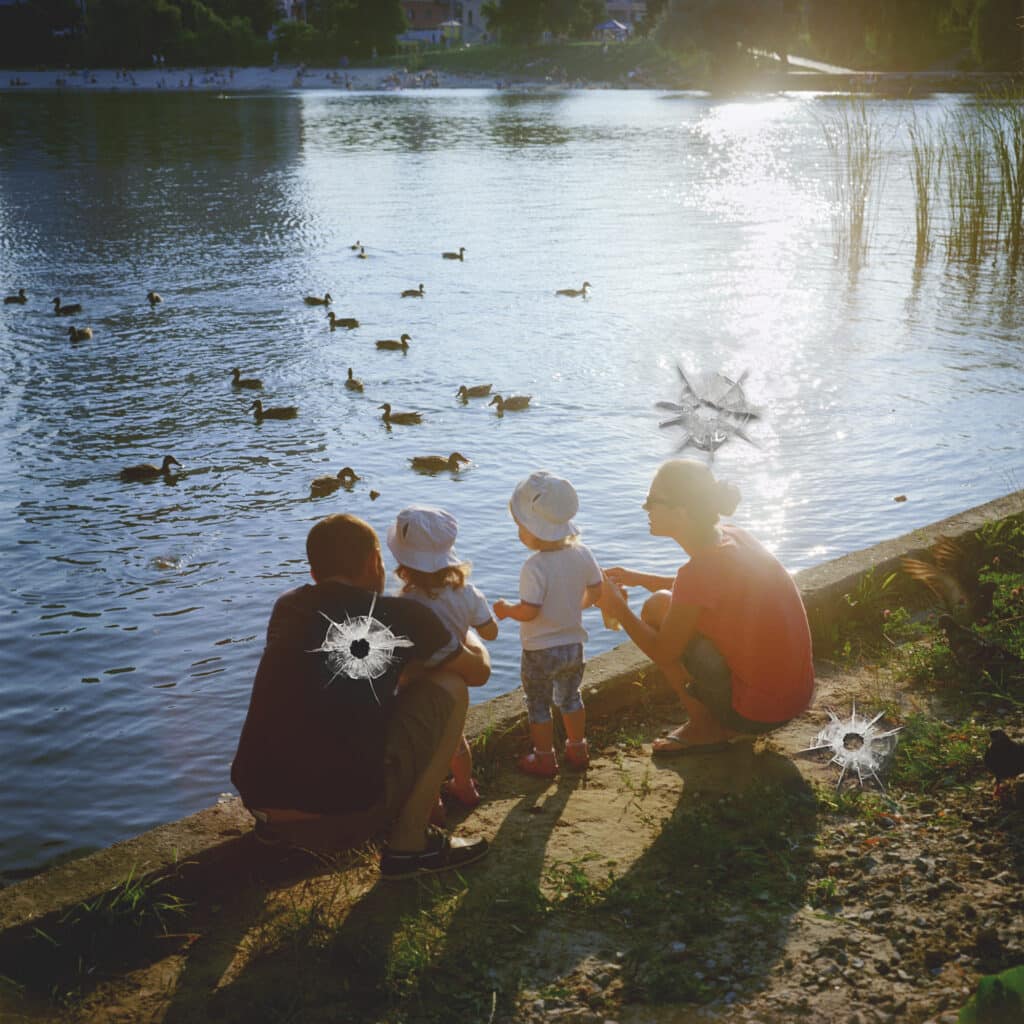
Intimate stories
The photos on our mantle also connect us with our loved ones. Deanna Dikemann has used them as the guiding thread to her love for her parents. In a work evocative of Nicholas Nixon’s portraits of the Brown Sisters, she began in 1991 to take pictures of her parents outside their house as they waved her goodbye. They performed this simple ritual, full of tenderness, for twenty-seven years. Dikemann’s dad fades from the pictures over time, and the goodbyes are done at a retirement home. The last photo is taken in 2017: the mom is no longer there, either. The garage door of the family home is closed. Emotion sweeps over the visitors to this installation set up in front of a retirement home.
A little further on, facing the lake, Sian Davey’s daughter’s and stepdaughter’s carefree, melancholy youth basks in the soft glow of summer. The photo also allows us to feel human again. Bettina Rheims’s touching photographic series Détenues [Female Inmates], strategically positioned in the nave of a church, creates a similar effect. As we face the camera and a studio set up in prisons, tongues are loosened, tears flow, human dignity is restored. Through her travels to the women’s prisons in France, the photographer delivers a powerful collection of texts and images about the reality of worlds behind bars.
Lebohang Kganye, winner of the Grand Prix Images Vevey, combines photography and theater to deliver an original work on family and collective memory. Expressly for the Festival, the South African artist has created an ingenious installation inspired by pop-up books which, when opened, reveal three-dimensional scenes. The artist stages herself in décors made of cut-out images. The assemblage opens and closes to the rhythm of the mechanism, creating a shadow play. The scenes are inspired by the post-apocalyptic story of the Malawian writer Muthi Nhlema, entitled “Ta O’Reva”: in a South Africa decimated by a virus (the story was written before the Covid pandemic), Nelson Mandela returns to save the country. Combining personal narrative and collective memory, Kganye continues her reflection on memory and identity in the great theater of the world.
Gosette Lubondo is another representative of the young and talented generation of African photographers. She explores the colonial past of her country, the Democratic Republic of Congo. In a school built in 1936 by Christian missionaries and abandoned in the 1970s, the photographer reenacts the arrangements of History. In one photograph, she is the teacher facing her uniformed students, made transparent through photo editing, like ghosts returning to haunt the place.
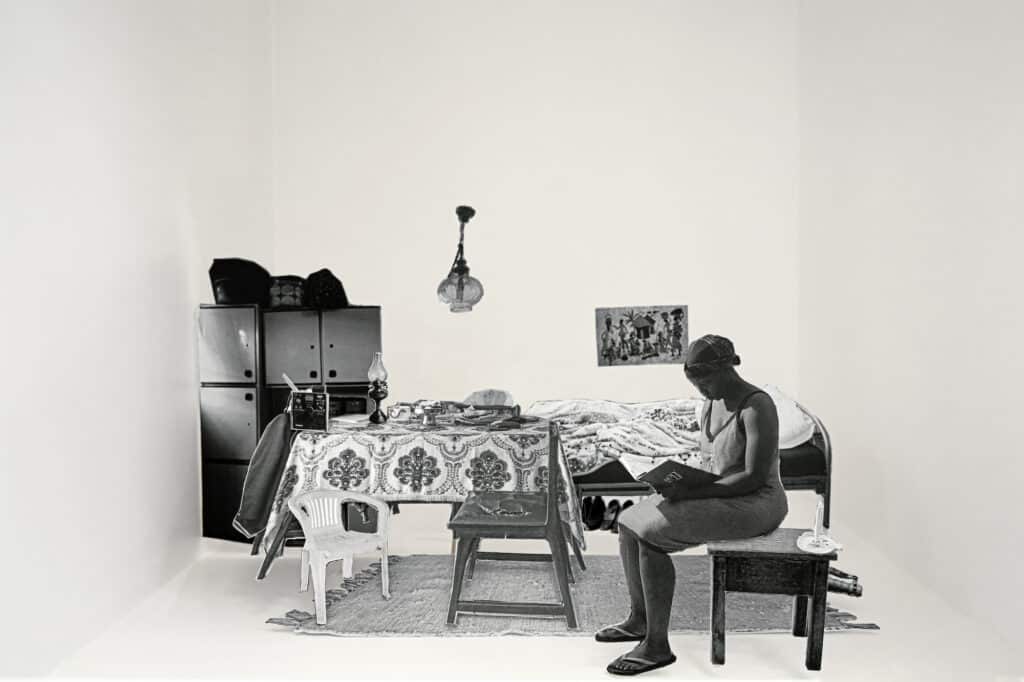
Festival outside the box
Images Vevey would not be what it is without its giant, playful, and sometimes eccentric outdoor installations. As soon as you set foot at the train station, a 5,3000 sq foot canvas with a photograph of the Milan Duomo catches your eye. Stefano Stoll, the festival’s enthusiastic director, had been trying for years to get Thomas Struth to come. The famous and coveted German photographer loved the concept of monumental installations: a CERN (European Organization for Nuclear Research) laboratory, an impressive view of a New York boulevard, an amusement park… Images Vevey grabs hold of the passerby and transforms the city.
The artist Erik Kessels has thus imagined a giant soccer game, based on his archives of English premier league players, from which the ball has been erased: his large canvases teem with players dancing without the ball, as if improvising a soccer match—real soccer goals have been set up—and becoming actors in the work. This is also what the Belgian Vincen Beeckman has imagined by creating a real miniature golf course with images of golf fields taken around the world.
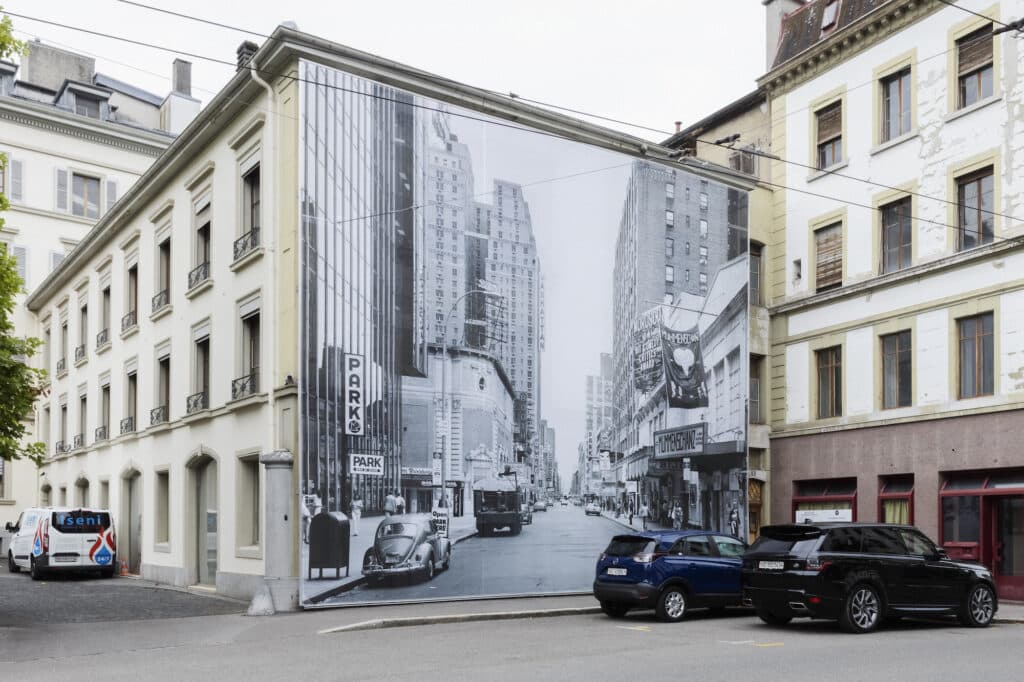
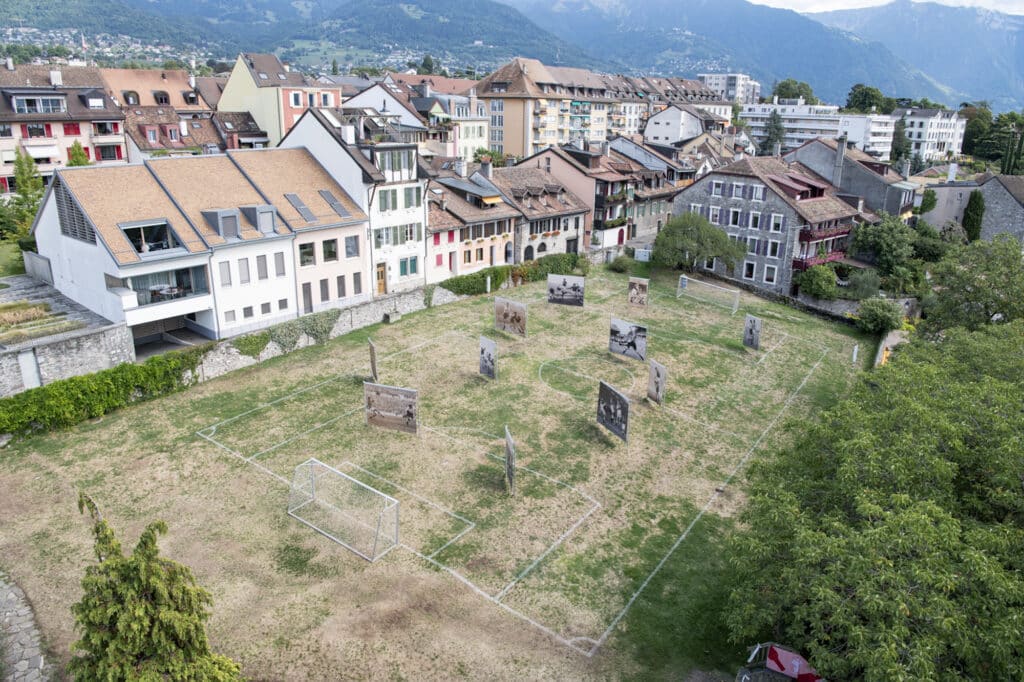
A three-dimensional reality is also conjured up by the campaign posters posted in the streets and in a giant format in the main square. Daniel Mayrit embodies a true/fake populist candidate who draws inspiration from politicians such as Donald Trump, Marine Le Pen as well as Bernie Sanders, and Jean-Luc Mélenchon. The Spanish artist inserts himself into his montages: on the front page of Time Magazine, arm in arm with Kim Kardashian and Kanye West, and even giving the Pope a warm hug. Beware of the power of the image, warns the open-eyed Festival Images Vevey.
Festival Images Vevey, Switzerland, until September 25.

